Geomechanics for Geothermal Projects

INSTRUCTORS: Subsurface Alliance (Ewerton Araujo, PhD, Jorge Pastor, PhD, and Fermin Fernandez-Ibanez, PhD)
DISCIPLINE: Engineering
COURSE LENGTH: 2 Days (Classroom), 4 Half-Day Sessions (Live Online)
CEUS: 1.6
AVAILABILITY: Public, In-House, & Live Online
DISCIPLINE: Engineering
COURSE LENGTH: 2 Days (Classroom), 4 Half-Day Sessions (Live Online)
CEUS: 1.6
AVAILABILITY: Public, In-House, & Live Online
ATTEND AN UPCOMING CLASS:
Check back in periodically for updated Public and Live Online course dates! To schedule an In-House course, contact SCA’s Training Department at training@scacompanies.com.
Check back in periodically for updated Public and Live Online course dates! To schedule an In-House course, contact SCA’s Training Department at training@scacompanies.com.
WHO SHOULD ATTEND: Geoscientists, engineers, managers, and decision makers.
COURSE DESCRIPTION: This course provides an overview of the most critical geomechanical aspects in Geothermal Energy. Attendees will learn about geomechanics principles, concepts, and workflows as they apply to the assessment of the key aspects in Geothermal projects. We will discuss the main geomechanical risks and how they may vary from project to project. We will also address data requirements to effectively de-risk a project as well as the type of models that are best suited to address geomechanical risks and their impact on project performance. Case studies will be covered as practical examples to demonstrate workflows and screening tools.
LEARNING OUTCOMES:
- Geomechanics Fundamentals
- Poroelastic effects on fault stability & induced seismicity
- Thermal stress impacts on drilling, stimulation, production, and geohazards
- Natural fractures impact on performance
- Stress shadows impacts on hydraulic fracturing
COURSE CONTENT:
- Chapter 1. Overview of Geomechanics in the Energy Industry
- Chapter 2. Stress-Strain Behavior of Rocks (Deformation and Failure)
- Chapter 3. In Situ Stress and Pore Pressure Characterization
- Chapter 4. Thermal Stress Impacts
- Chapter 5. Drilling Issues (Borehole Stability, Circulation Loss)
- Chapter 6. Hydraulic Fracturing Fundamentals
- Chapter 7. Stress Shadows
- Chapter 8. Natural Fractures (Permeability, Stress-Dependency)
- Chapter 9. Microseismicity
- Chapter 10. Geohazards (Poroelasticity, Fault Stability, Induced Seismicity
- Chapter 11. Case Studies
